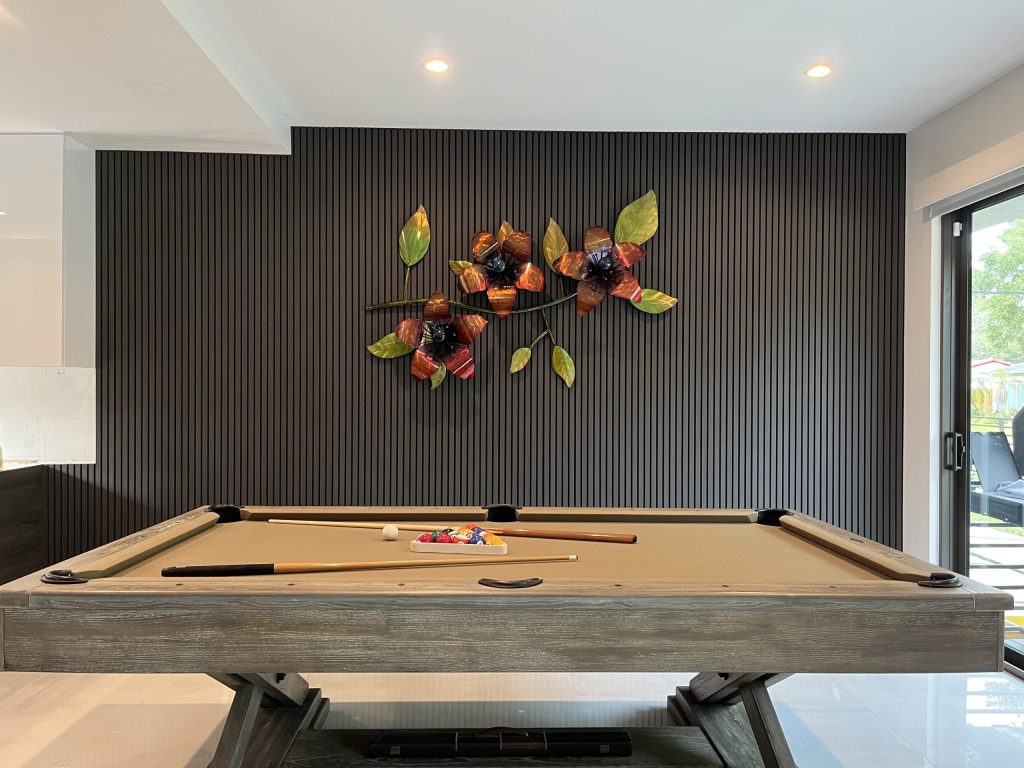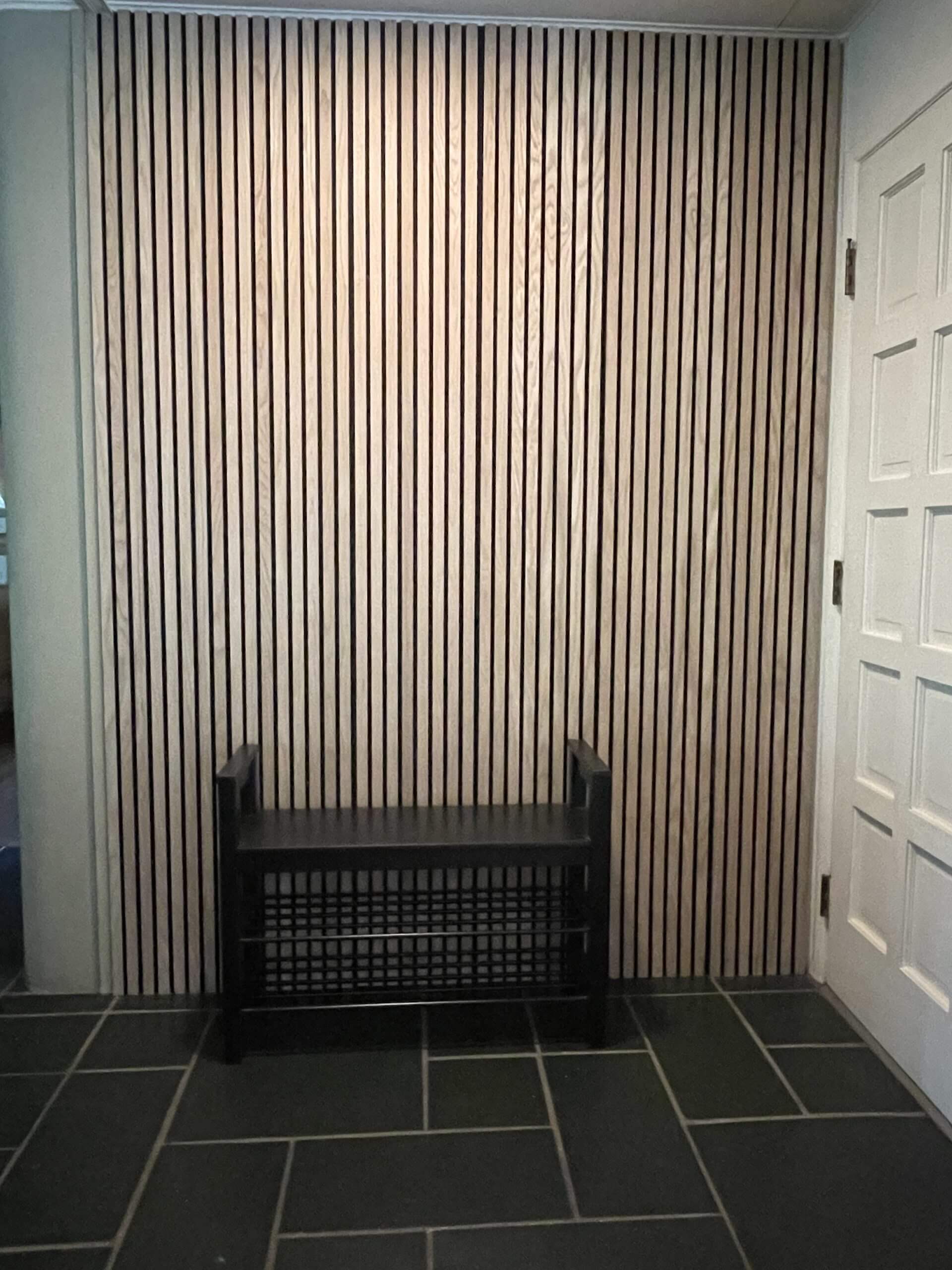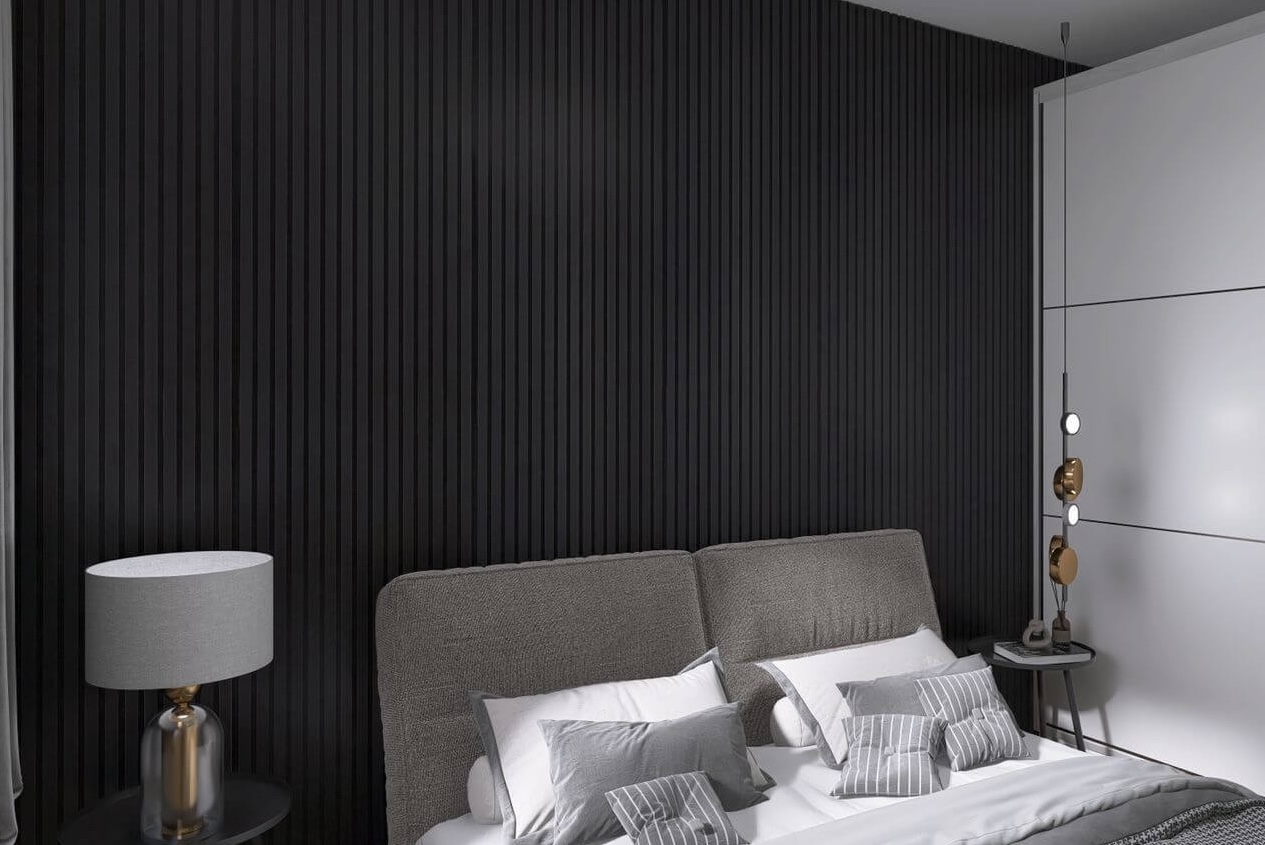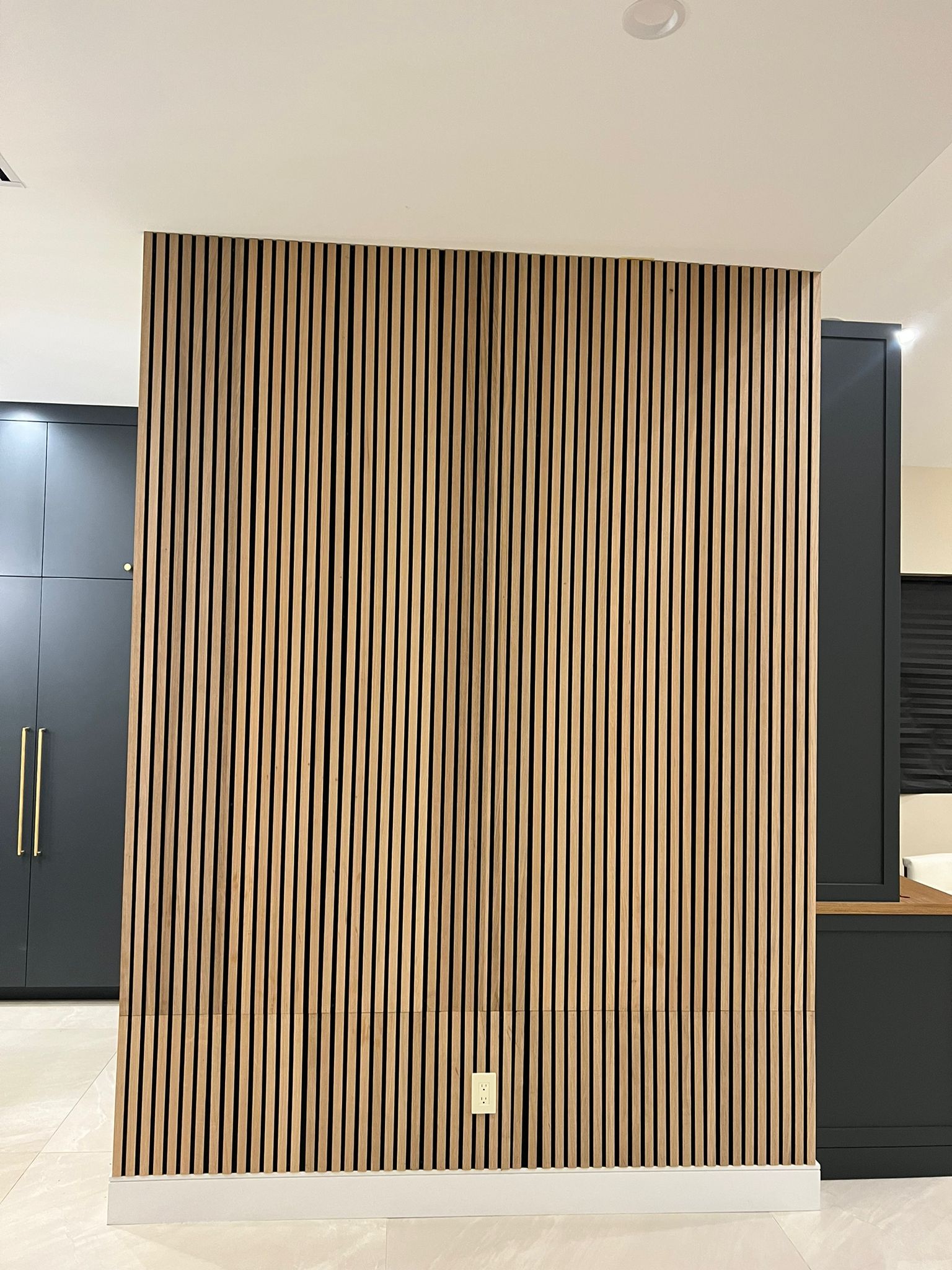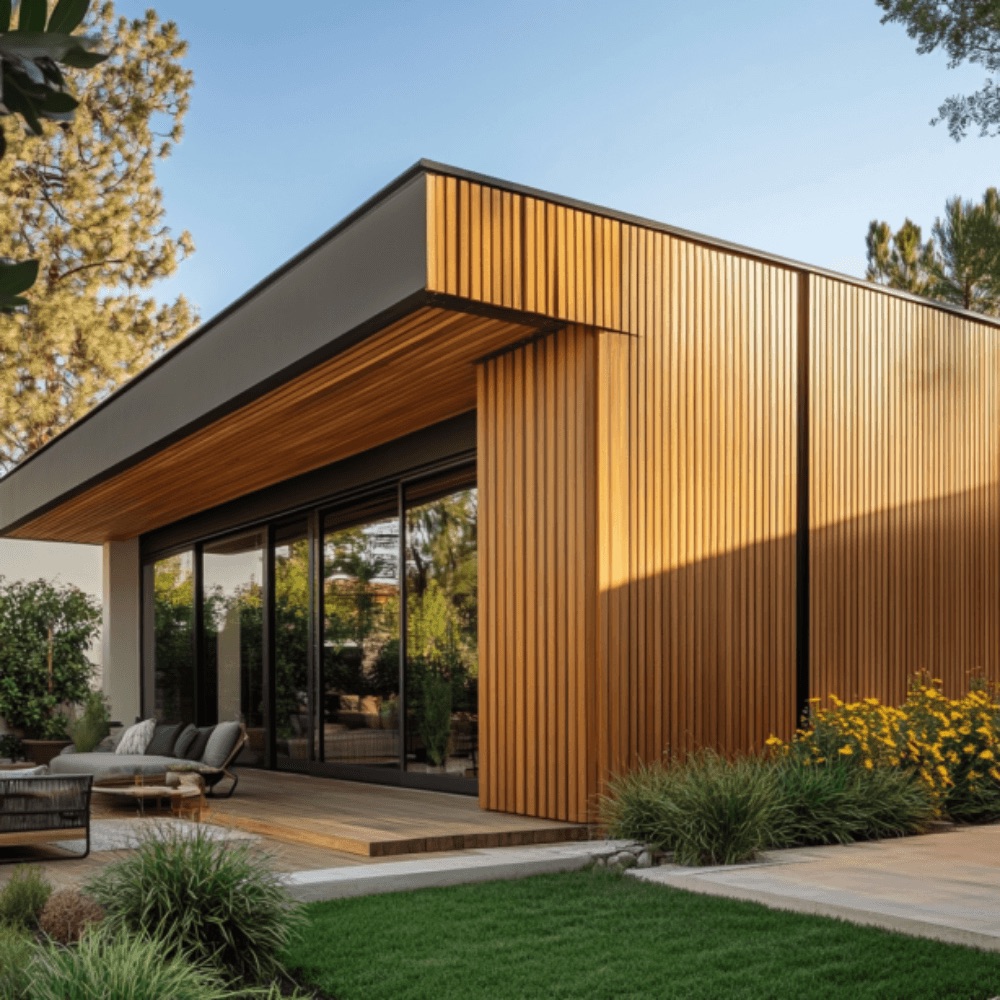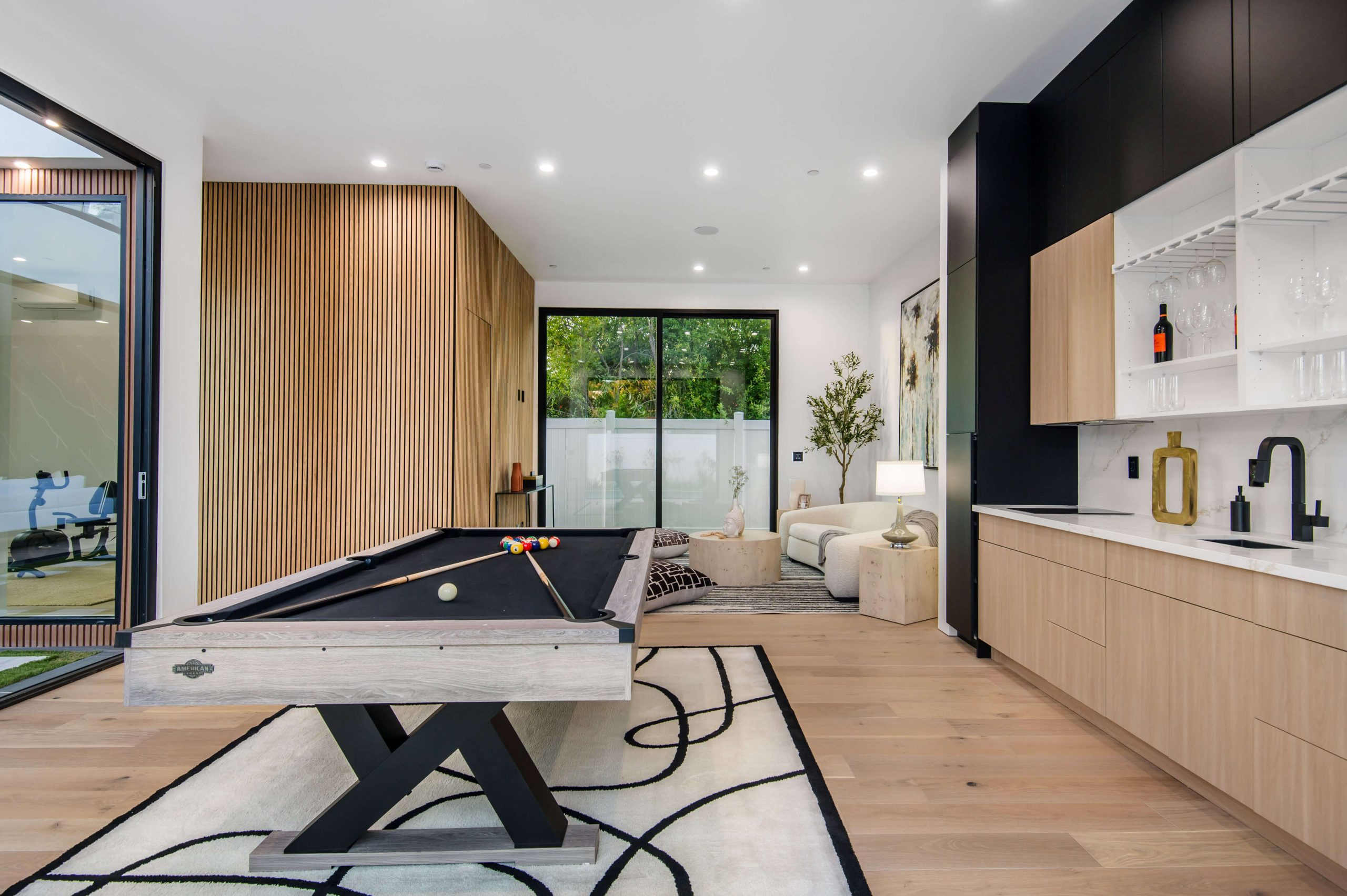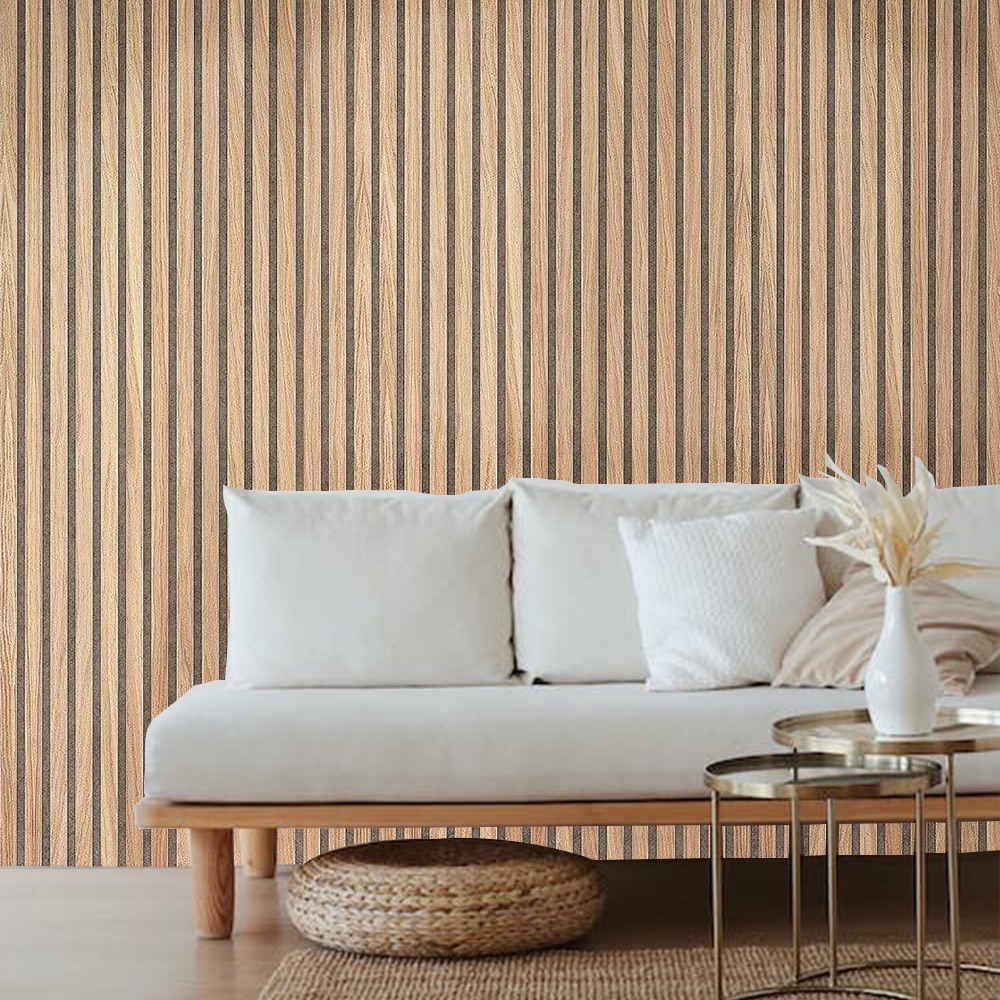Wood wall panels are a timeless design solution that brings warmth, texture, and sophistication to any space. Whether you’re looking to update your home or transform a commercial setting, wood panels provide a flexible and visually appealing option. In this blog, we’ll explore how to create inviting spaces with wood wall panels, covering everything from design ideas to installation tips. With their natural charm and versatility, wood panels have the power to make any room more welcoming and elegant.
Why Choose Wood Wall Panels for Inviting Spaces?
Wood wall panels offer many benefits, making them a popular choice for interior designers, homeowners, and DIY enthusiasts. Here are some reasons why wood panels are perfect for creating inviting spaces with wood wall panels:
- Natural Warmth: Wood brings a warm, organic feel to any room, making spaces feel cozy and inviting. Unlike cold materials like metal or stone, wood panels soften the ambiance and create a welcoming atmosphere.
- Versatility: Available in various types, finishes, and textures, wood wall panels can complement different design styles, from modern minimalism to rustic charm.
- Sound Absorption: Many wood panels, especially those with acoustic felt, absorb sound, making them ideal for spaces where noise control is important, such as living rooms, bedrooms, and offices(Wood Panel Wall USA).
- Durability: Wood panels are known for their durability, with materials like oak and MDF ensuring that your walls stay beautiful and sturdy for years to come.
Types of Wood Wall Panels for Inviting Spaces
When creating inviting spaces with wood wall panels, it’s essential to choose the right type of panel that matches your design vision and functional needs. Here are some popular types of wood wall panels to consider:
1. Natural Oak Wood Wall Panels
Natural oak wood panels are a top choice for those seeking a luxurious, high-end look. Known for their strength and timeless beauty, oak panels add sophistication to any room. They can be used for both walls and ceilings, allowing for seamless transitions throughout the space.
2. MDF Wood Veneer Panels
MDF (Medium-Density Fiberboard) panels offer a more affordable option without sacrificing aesthetics. These panels are made from compressed wood fibers, which are then finished with a wood veneer. MDF panels are lightweight and easy to install, making them perfect for DIY projects.
3. Acoustic Wood Panels with Felt
For spaces where sound control is essential, acoustic wood panels with felt are the perfect solution. These panels are designed to absorb sound and reduce echoes, making them ideal for home theaters, studios, and office spaces. The combination of wood and felt adds both functional and aesthetic value to your walls.
4. Outdoor WPC Panels
If you’re looking to create inviting outdoor spaces, Wood-Plastic Composite (WPC) panels are an excellent choice. WPC panels are weather-resistant, making them perfect for exterior applications. Whether you’re upgrading a patio or a garden wall, these panels will add a natural timber look while withstanding the elements.
How to Create Inviting Spaces with Wood Wall Panels
Now that you’ve explored the different types of wood panels available, it’s time to think about how to integrate them into your space. Here are some tips for creating warm, inviting spaces with wood wall panels:
1. Choose the Right Wall
Selecting the right wall to install wood panels is crucial. For a focal point, choose a prominent wall in the room, such as the one behind a bed, sofa, or dining table. This helps draw attention to the wood paneling, creating an accent that adds depth and character to the space.
2. Mix and Match Textures
Wood panels can be combined with other materials like stone, fabric, or metal to create a balanced and cohesive look. Mixing textures adds visual interest and prevents the room from feeling too monotonous. For instance, you could pair wood paneling with a stone fireplace to create a rustic yet elegant atmosphere.
3. Play with Patterns
Not all wood panels are created equal. Some come in unique patterns, such as slat designs or geometric shapes. Using patterned wood panels can add a contemporary twist to your interior design while maintaining the warmth of the wood.
4. Use Neutral Colors
Wood panels are often associated with earthy tones, which contribute to their inviting nature. Stick to neutral colors like browns, beiges, and greys to maintain a natural, soothing environment. If you prefer a modern look, opt for light-colored wood like oak, or even paint the wood panels in soft hues for a brighter appearance.
5. Incorporate Lighting
Proper lighting is essential to enhancing the beauty of wood panels. Use warm lighting to bring out the natural grain and texture of the wood. Wall sconces or recessed lights placed strategically around the wood panels can highlight the design features and create a welcoming ambiance.
Step-by-Step Guide to Installing Wood Wall Panels
If you’re ready to install wood wall panels in your home or office, follow this step-by-step guide:
- Measure Your Wall: Start by measuring the area where you plan to install the wood panels. This will help you determine how many panels you need and prevent you from running out of material mid-project.
- Prepare the Surface: Ensure the wall surface is clean, dry, and free of debris. If necessary, sand down any rough spots and patch holes before installation.
- Plan Your Layout: Lay out the wood panels on the floor before attaching them to the wall. This allows you to see how they’ll look and make adjustments as needed.
- Apply Adhesive: Use a high-quality construction adhesive to attach the panels to the wall. Apply the adhesive in small sections to prevent it from drying out before you can position the panels.
- Secure the Panels: In addition to adhesive, use nails or screws to further secure the panels to the wall. This will ensure they stay in place over time.
- Finish the Edges: Once the panels are installed, use trim or molding to finish the edges for a clean, polished look.
- Add a Protective Finish: Depending on the type of wood panel you choose, you may want to apply a protective finish to prevent wear and tear. For natural wood panels, this could include oiling or varnishing.
FAQs
1. Can wood wall panels be installed in bathrooms?
Yes, certain types of wood panels, such as those treated for moisture resistance, can be installed in bathrooms. Ensure proper ventilation to prevent moisture damage.
2. Are wood wall panels eco-friendly?
Many wood wall panels, especially those made from sustainable sources like oak, are eco-friendly. Additionally, MDF panels are often made from recycled wood fibers, further reducing environmental impact.
3. How do I maintain wood wall panels?
Wood wall panels are relatively low-maintenance. Regular dusting and occasional cleaning with a damp cloth are usually sufficient. For outdoor wood panels, consider applying a protective coating to prevent weather damage.
4. Can I install wood panels myself?
Yes, many wood panels are designed for easy DIY installation. With the right tools and a little patience, you can achieve professional-looking results.
5. Do wood wall panels improve insulation?
Yes, wood panels can provide some level of insulation by trapping heat, making them a great choice for colder climates.
Conclusion
Wood wall panels are an excellent way to create warm, inviting spaces with wood wall panels. From their natural beauty and versatility to their sound-absorbing properties, wood panels offer a perfect balance of aesthetics and functionality. Whether you’re designing a cozy living room or upgrading a commercial space, wood panels are sure to elevate your interior design and create a welcoming atmosphere for everyone who steps inside.

